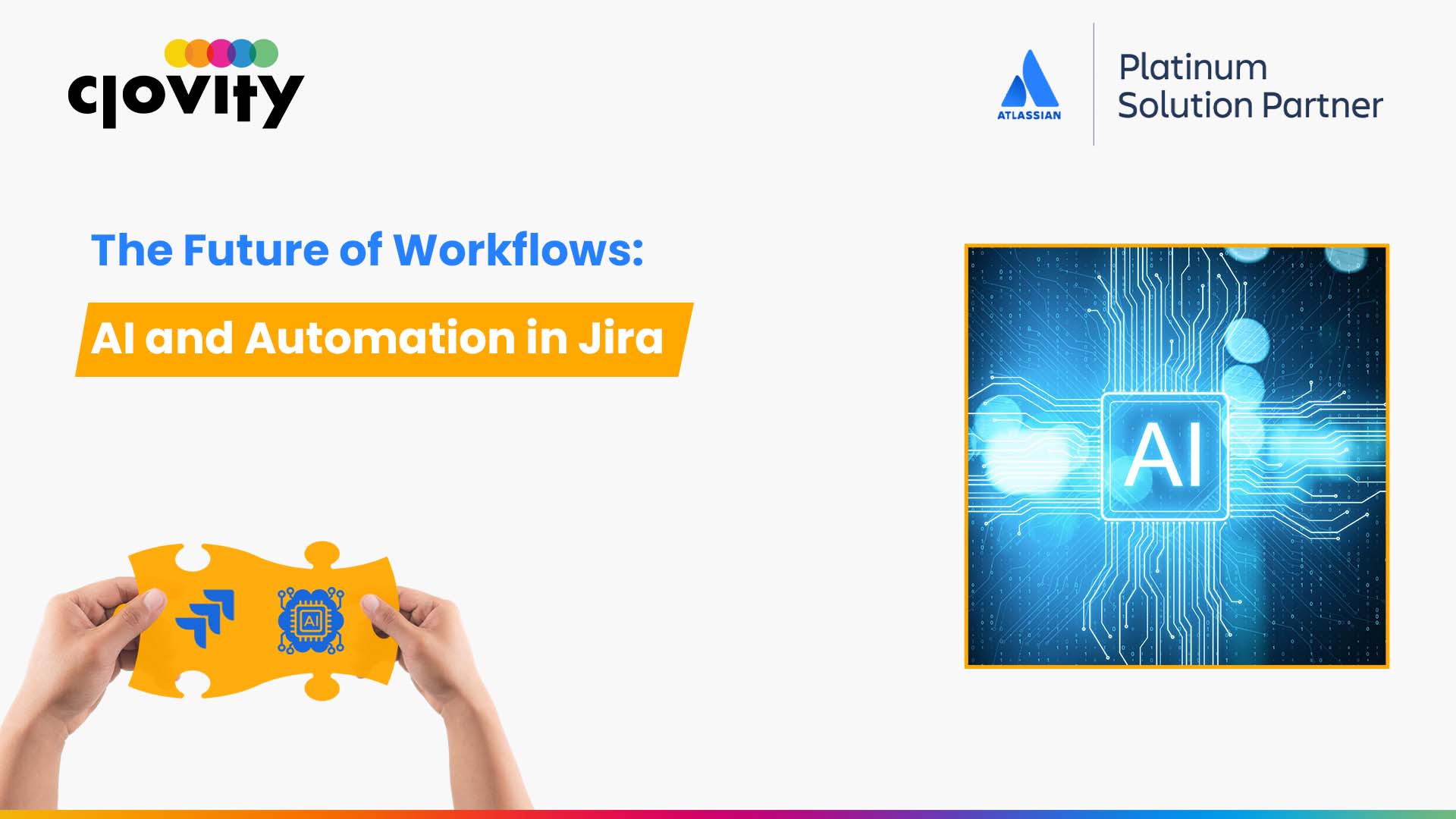As teams grow and projects become more complex, the demand for responsive, intelligent systems is reshaping how work gets done. Jira—the heart of many DevOps and Agile toolchains—is evolving with automation rules and AI-powered features that help teams manage tasks, stay organized, and make data-driven decisions without adding administrative burden.
While standard Jira automations have long eliminated repetitive tasks, the integration of AI is shifting expectations. Workflows aren’t just faster—they’re becoming more adaptable, predictive, and aligned with how teams actually work. Below, we explore current automation and AI capabilities in Jira, where the technology is headed, and considerations for expanding these features across your organization.
Why Automation Matters More Than Ever
Jira’s native automation engine has enabled rule-based actions—issue transitions, assignments, notifications, and field updates triggered by events. However, modern requirements demand smarter logic:
- Accuracy at scale: Automated triage using keywords ensures service-desk tickets land in the right queue.
- Traceable CI/CD integration: Build failures in Jenkins or GitHub Actions can auto-update Jira statuses and assign remediation tasks.
- Compliance enforcement: Field-level validations prevent progress unless mandatory conditions are met.
How AI Is Expanding Jira’s Capabilities
- Natural Language to JQL: Users type queries like “Show all high-priority issues assigned to my team this week,” and Jira converts them into JQL behind the scenes.
- Automated Recommendations: AI suggests assignees, priority levels, and related issues based on historical patterns.
- AI-Powered Summaries & Insights: Condense long discussion threads into concise summaries and flag workflow anomalies or bottlenecks.
Popular Automation Use Cases Today
- IT Service Management: Auto-triage, enforce SLAs, remind agents, sync dev work.
- Software Development: Link issues to commits/PRs, update on build status, auto-assign bugs.
- Project & Program Management: Notify stakeholders, create recurring tasks, auto-close inactive tickets.
- HR & Operations: Generate onboarding workflows, remind approvers, route tickets by department.
Building Smarter Workflows with Jira’s Automation Engine
Jira Automation uses a no-code interface with three building blocks:
- Triggers: Events like “issue created” or “status changed.”
- Conditions: Criteria checks (e.g., priority = High AND component = Backend).
- Actions: Responses such as “assign issue” or “send Slack message.”
Example rule:
WHEN a Bug is created AND priority = High AND component = Backend
THEN assign to Backend Lead AND send Slack alert to #dev-team
Scaling Automation Across the Organization
- Centralize common rules in a shared library.
- Set clear naming conventions for rule discovery.
- Use labels & categories to organize by team or function.
- Review & audit periodically to retire outdated rules.
- Document dependencies in Confluence for transparency.
Looking Ahead: What’s Next for AI & Automation in Jira?
- Enhanced natural-language search across Jira & Confluence.
- Predictive ticket assignments & timeline estimates.
- Risk alerts based on historical delay patterns.
- Conversational interfaces for chat-based ticket creation.
- AI assistants that suggest rule logic based on past behavior.
A Note on Governance
As automation and AI capabilities grow, so does the need for governance: define rule-creation processes, assign configuration roles, and implement monitoring & audit practices to ensure performance and compliance.
Final Thoughts
AI and automation are transforming Jira workflows from static to intelligent. By applying thoughtful automations now and embracing AI as it matures, teams can improve consistency, cut manual overhead, and uncover insights that drive better decisions. Start with a solid, governed foundation that can evolve with your needs.


